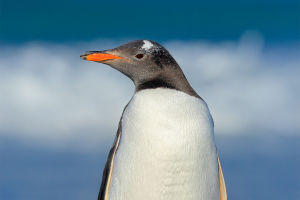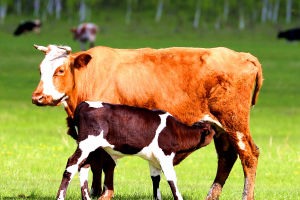Pelicans are gregarious birds, they like to work in groups. Whenever the pelicans are fishing in groups, people can see the spectacular scene of the pelicans diving from the air one after another on the sea.
Pelicans often live in flocks in the wild, in addition to swimming, they spend most of their day basking on the shore or patiently grooming their feathers. Pelicans have sharp eyes, even when they are flying up high, fish roaming in the water cannot escape their eyes. If a group of pelicans find a school of fish, they will line up in a straight line or semi-circle to outflank, driving the school of fish to the shallow water of the river bank. At this time, they will open their big mouths, and both the fish and the water will be rushes in their mouth. Then, they close their mouths, shrink the throat sac to squeeze out the water, and swallow the delicious fish into bellies for a delicious meal.
Fishing strategies vary by species and location. The brown pelicans swoop down from the sky toward the fish in the water, catching the fish like a net with their large pouch-shaped mouths. Most pelicans work in groups, catching fish while swimming. They line up in a straight line or in a U-shape and beat the water with their wings to force the fish to swim into shallower waters. The pelicans scooped up the fish as they gathered in shallow waters. There is a yellow oil gland on the heel of their short tail feathers, which can secrete a lot of oil. When they are free, they often use their mouths to smear the feathers on the whole body, making the feathers smooth and soft.
When a pelican is about to take off from the water, it will first flap its wings quickly on the water surface and keep paddling with its feet in the water. Under the action of the huge thrust, the pelican gradually accelerated, and then slowly reached the take-off speed, leaving the water and slowly flying into the sky. Sometimes, a pelican that eats too much can become so heavy that it cannot take off smoothly and can only float on the water surface.
Pelicans are found in warm waters around the world, mostly in Asia, Europe, Africa, and Australia. During mating and breeding, they usually gather in larger colonies on the island. The breeding life of pelicans is also very interesting. After pairing, they will not change their partners for life. When the female birds choose the male birds, they also require the males to perform a series of courtship actions. When male birds approach their mates, they often flutter their wings and dance, and keep grinding and combing their feathers with their beaks to please their mates.
Colonies of North American white pelicans breed on islands in lakes in north-central and western North America. Paired pelicans in any population at any time are in the same stage of the reproductive cycle. Like some other species, North American pelicans are migratory. Brown pelicans breed on tropical and subtropical seashores along the Atlantic and Pacific coasts.


